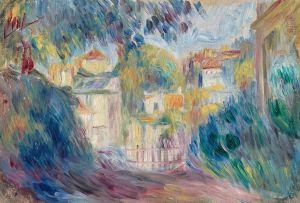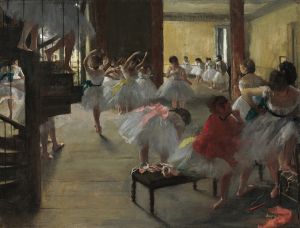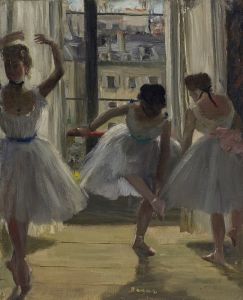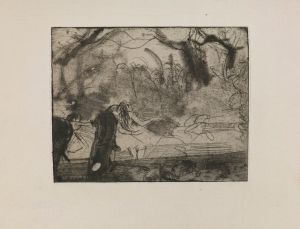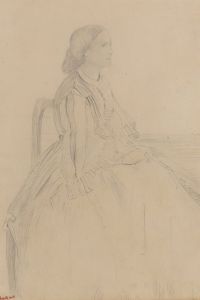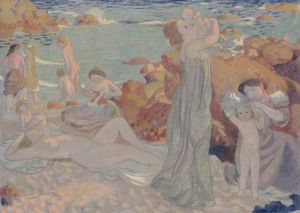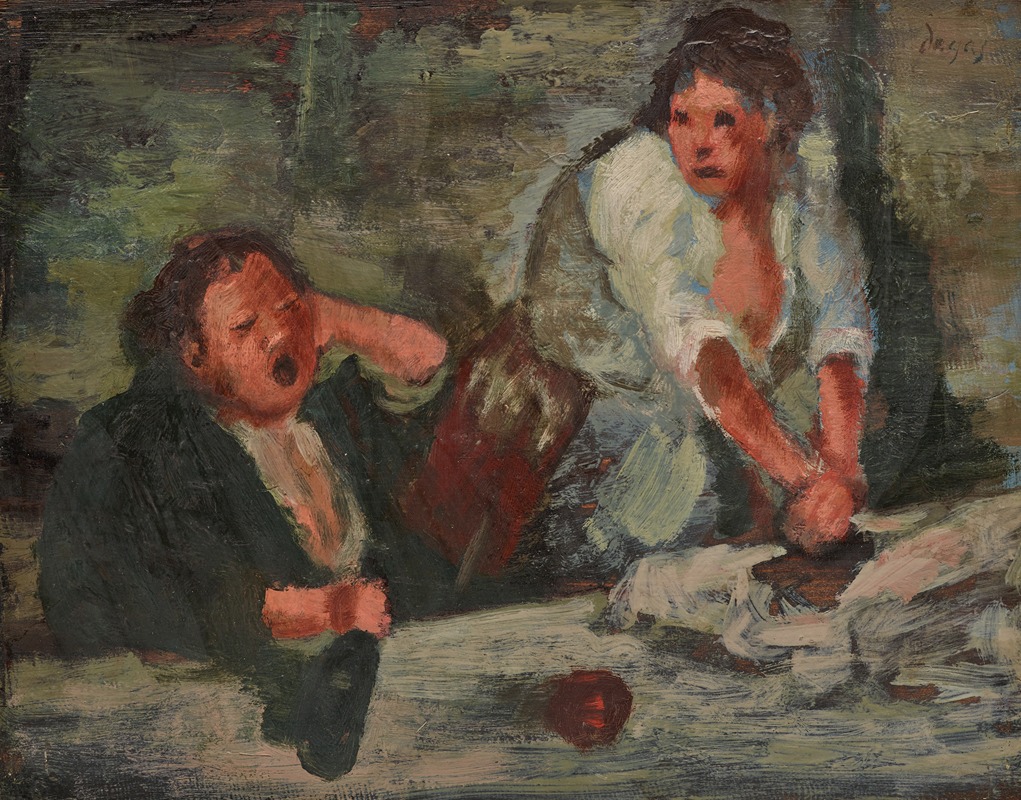
Wash Women
A hand-painted replica of Edgar Degas’s masterpiece Wash Women, meticulously crafted by professional artists to capture the true essence of the original. Each piece is created with museum-quality canvas and rare mineral pigments, carefully painted by experienced artists with delicate brushstrokes and rich, layered colors to perfectly recreate the texture of the original artwork. Unlike machine-printed reproductions, this hand-painted version brings the painting to life, infused with the artist’s emotions and skill in every stroke. Whether for personal collection or home decoration, it instantly elevates the artistic atmosphere of any space.
Edgar Degas, a prominent French artist associated with the Impressionist movement, is renowned for his works that capture the nuances of human activity and movement. Among his extensive oeuvre, "Wash Women" is a notable piece that exemplifies his interest in depicting everyday life and the working class, particularly women engaged in domestic tasks.
Degas was born in Paris in 1834 and developed a keen interest in art from a young age. He studied at the École des Beaux-Arts and spent time in Italy, where he was influenced by the classical techniques of the Renaissance masters. Throughout his career, Degas was known for his innovative use of perspective and his ability to convey movement, qualities that are evident in his paintings, pastels, and sculptures.
"Wash Women" is one of Degas's works that focuses on the theme of women at work. This painting is part of a broader series where Degas explored the lives of laundresses, milliners, and dancers, capturing the essence of their labor-intensive routines. In "Wash Women," Degas presents a scene that is both intimate and dynamic, showcasing his skill in portraying the human form in motion.
The painting is characterized by its attention to detail and the realistic depiction of the women's physical exertion. Degas's use of light and shadow adds depth to the scene, highlighting the textures of the fabrics and the women's clothing. The composition is carefully arranged to draw the viewer's eye across the canvas, emphasizing the repetitive and rhythmic nature of the women's work.
Degas's interest in such subjects was partly influenced by the changing social and economic conditions of 19th-century France. The Industrial Revolution had brought about significant shifts in the workforce, and Degas was keen to document these changes through his art. His portrayal of working women was both a reflection of contemporary society and a commentary on the roles and challenges faced by women during this period.
"Wash Women" also demonstrates Degas's departure from traditional academic painting. Unlike many of his contemporaries, who focused on historical or mythological themes, Degas chose to depict modern life, often highlighting the overlooked or mundane aspects of daily existence. This approach aligned with the broader goals of the Impressionist movement, which sought to capture the fleeting moments of everyday life with immediacy and authenticity.
Degas's technique in "Wash Women" involves a combination of loose brushwork and precise detail, a hallmark of his style. This method allows him to convey both the physicality of the women's labor and the atmospheric qualities of the setting. The painting's color palette is subdued yet rich, with earthy tones that enhance the realism of the scene.
Throughout his career, Degas remained committed to exploring the human condition through his art. "Wash Women" is a testament to his ability to transform ordinary subjects into compelling visual narratives. By focusing on the lives of working women, Degas not only captured the essence of his time but also contributed to a broader understanding of the social dynamics of 19th-century France.
In summary, "Wash Women" by Edgar Degas is a significant work that reflects the artist's interest in the everyday lives of women and the broader social changes of his era. Through his masterful technique and keen observational skills, Degas created a painting that continues to resonate with audiences today, offering insight into both the art and society of his time.









